Hummingbird moth
Wildcat_IN_Z5
18 years ago
Related Stories
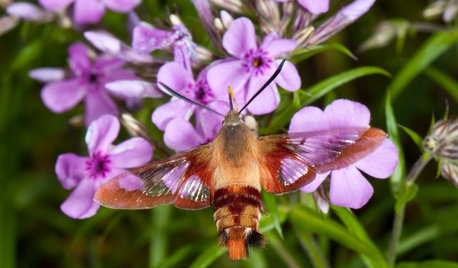
GARDENING GUIDESHummingbird or Moth? See Why You Want Clearwings Around
These fascinating moths may be helpful pollinators for your garden. Here’s how to coax them your way
Full Story
GARDENING GUIDESBackyard Birds: Invite Entertaining Hummingbirds Into Your Garden
Hummingbirds — unique to the Americas — zip through open landscapes seasonally or year-round. Here’s how to attract them
Full Story
GARDENING GUIDESAttract Hummingbirds and Bees With These Beautiful Summer Flowers
Roll out a welcome mat for pollinators to keep your landscape in balance and thriving
Full Story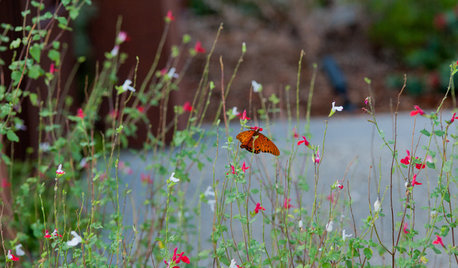
EARTH DAYCreate a Container Wildlife Habitat for Hummingbirds and Butterflies
Don’t let limited space prevent you from welcoming wildlife into your garden
Full Story
GARDENING GUIDESCentral Plains Gardener's June Checklist
The flowers are coming! The flowers are coming! And so are the butterflies, hummingbird moths and coneflower diseases
Full Story0
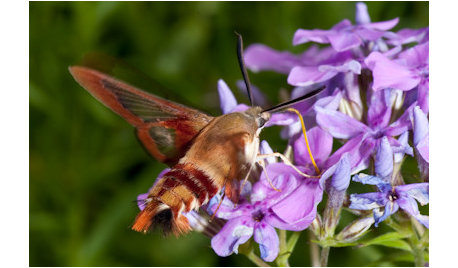
GARDENING GUIDESGreat Design Plant: Prairie Phlox Draws Winged Beauties
Beauty and a sweet fragrance are just the beginning with this spring bloomer. Watch the butterflies and moths descend on it for nectar
Full Story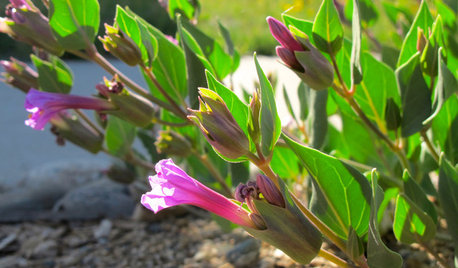
FLOWERS AND PLANTSMirabilis Multiflora Brings a Burst of Magenta to Dry Gardens
Plant this high desert native for its copious blooms, mounding habit and appeal to hummingbirds
Full Story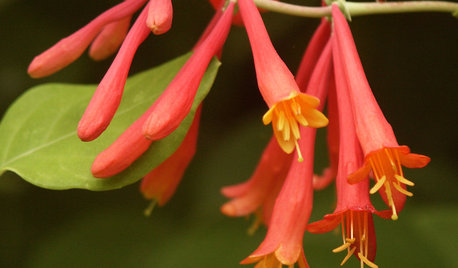
GARDENING GUIDESGreat Design Plant: Lonicera Sempervirens
Grow this long-blooming, flashy flowering vine to cover a fence or arbor and attract hordes of hummingbirds all season long
Full Story
GARDENING GUIDESGreat Design Plant: Cephalanthus Occidentalis
Buttonbush is an adaptable woody shrub with delightful pincushion flowers
Full Story
REGIONAL GARDEN GUIDESDelight in Summer’s Garden Glories — Here’s What to Do in June
Wherever you live in the United States, these guides can help you make the most of your summer garden
Full StoryMore Discussions







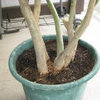
padraig_1
Wildcat_IN_Z5Original Author
Related Professionals
Rossville Landscape Architects & Landscape Designers · Maple Heights Landscape Architects & Landscape Designers · Alexandria Landscape Contractors · Canby Landscape Contractors · Firestone Landscape Contractors · Kaysville Landscape Contractors · Lantana Landscape Contractors · Riverhead Landscape Contractors · Cedar Park Siding & Exteriors · Liberty Siding & Exteriors · South Laurel Siding & Exteriors · Minneapolis Roofing & Gutters · Portage Roofing & Gutters · Centreville Decks, Patios & Outdoor Enclosures · Santa Ana Decks, Patios & Outdoor Enclosuressinner_gurl
Vera_EWASH
Wildcat_IN_Z5Original Author
padraig_1
Georgia_on_my_mind
Wildcat_IN_Z5Original Author
Tomato_Worm59
Wildcat_IN_Z5Original Author
zeta9
Wildcat_IN_Z5Original Author
zeta9
Tomato_Worm59
franko422
jeannies_garden